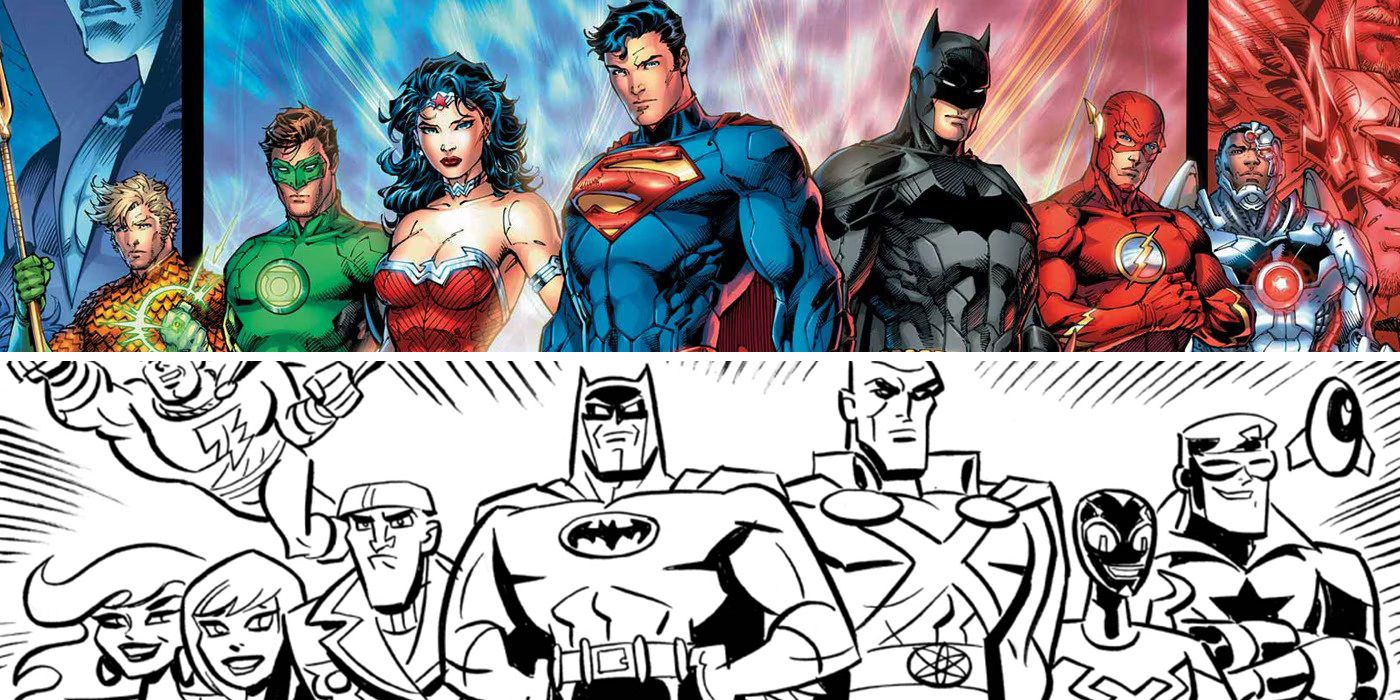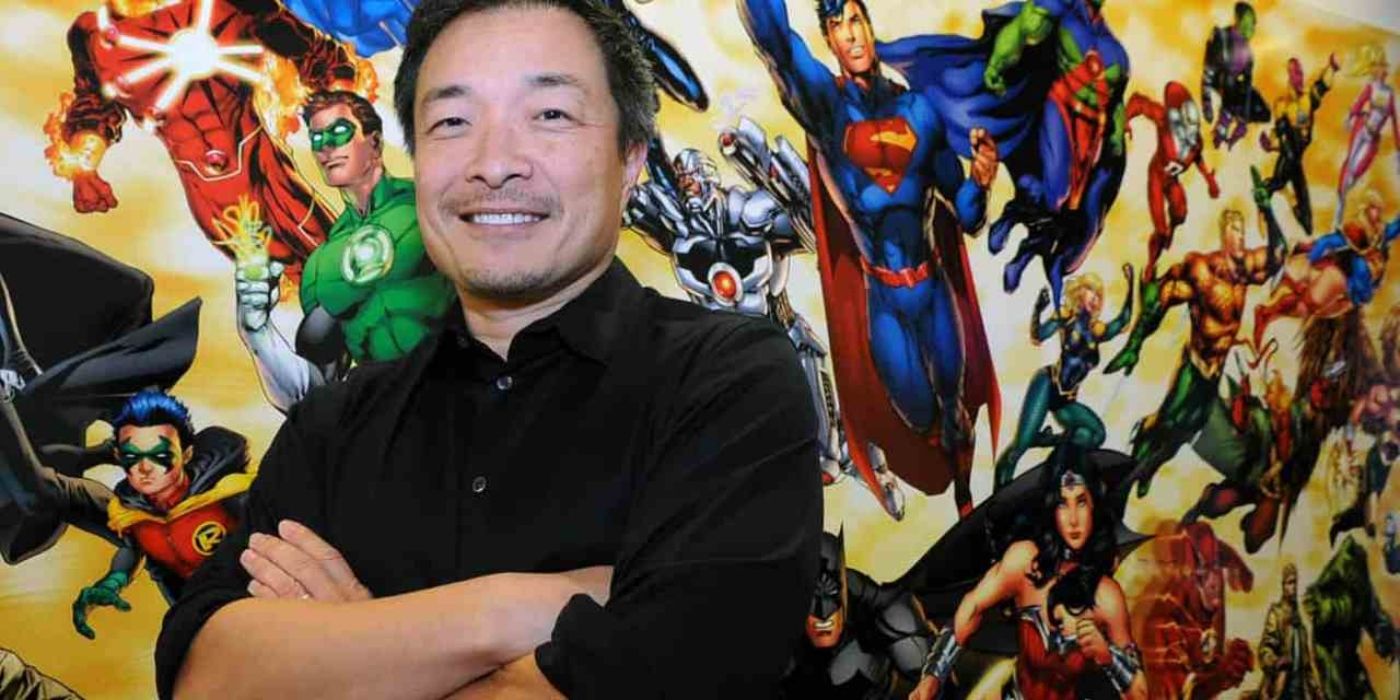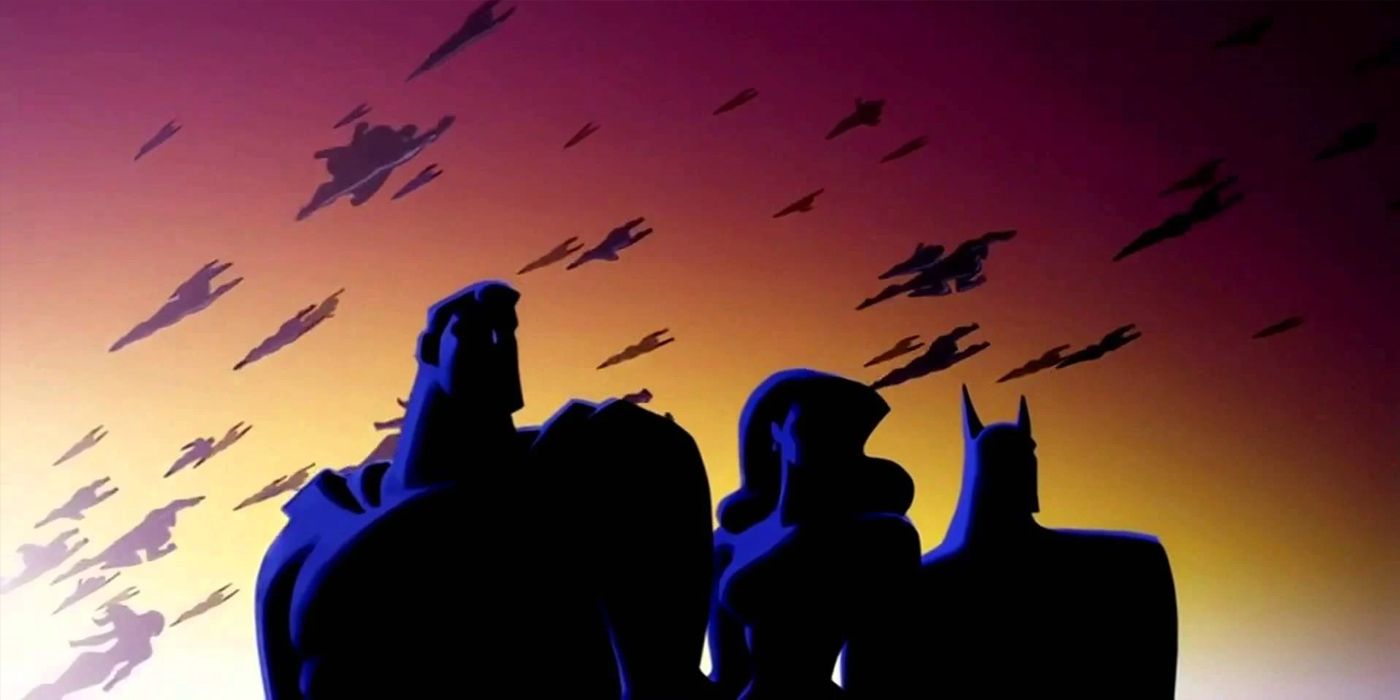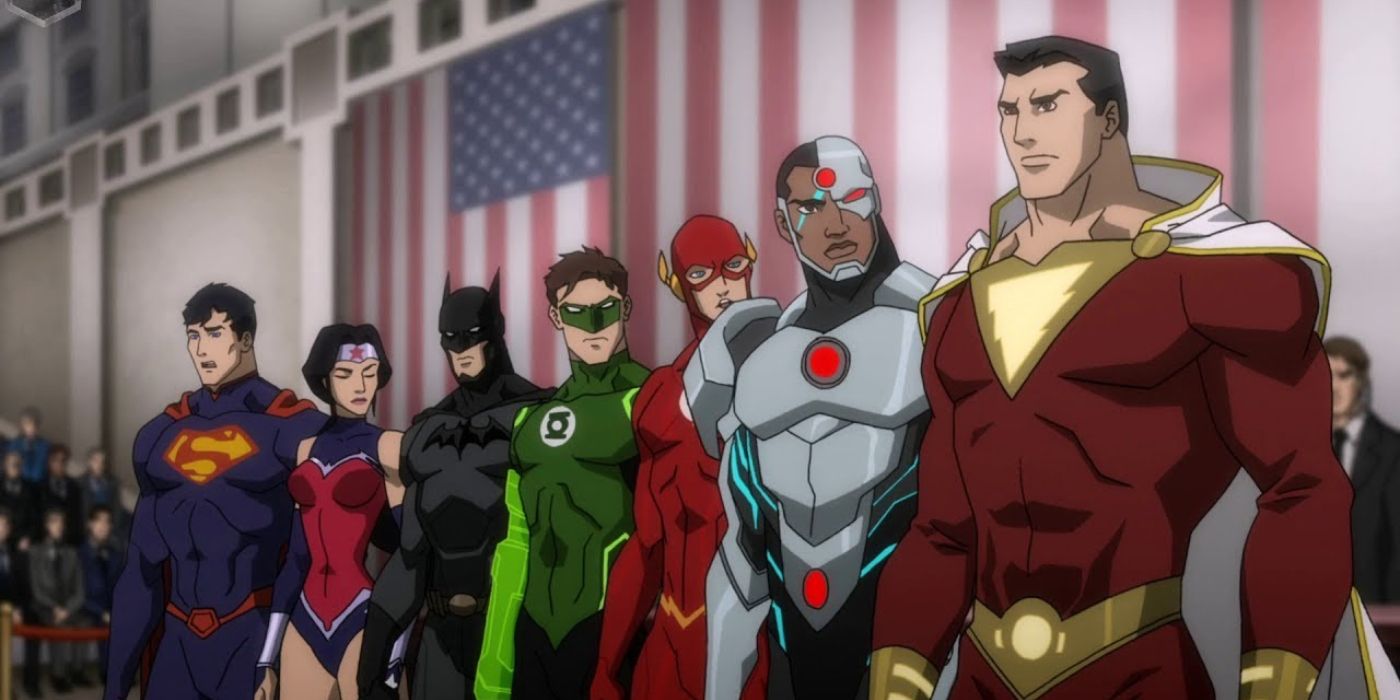Over the different eras, DC's decades-old comic history and rich superhero lore have gone through some radical tonal shifts. From campy and flamboyant to dark and gritty, the publisher has seen multiple reboots, retcons, and restarts to its continuity, as well as the birth of a sprawling multiverse of new possibilities. Character redesigns are very much a part and parcel of such endeavors. Sometimes, they can help to rebrand beloved franchises, like in the case of the DC Animated Universe. At other times, they can be a point of contention, as it was for the ambitious New 52 project.
The Flash was the first hero to usher in the Silver Age of Comics and has been the architect behind DC's several timeline-altering shenanigans, including the introduction to the Multiverse. His misguided attempt to go back in time to save his mother in 2011's Flashpoint (by Geoff Johns and Andy Kubert) altered the future of the DC universe forever, causing the birth of the New 52. With memories of the recently concluded DCAU still fresh, many fans voiced their disapproval of the overly detailed costumes and identical character models, raising the question whether someone experienced in the animated designs would have served better.
The Problem With The New 52 Redesigns
Jim Lee, who currently serves as the Chief Creative Officer at DC, was largely responsible for redesigning the characters for the New 52 revamp. Lee started with the Man of Steel, taking inspiration from artist David Williams' illustrations for a potential costume design that would have graced director McG's now-canceled Superman movie. Gone were the handmade feel of Superman's costume and the red shorts, replaced by intricately detailed armor and long sleeves. While they brought a more modern touch to the character, they look militaristic in aesthetics. The new collar in the suit was the most stand-out feature that immediately grabbed headlines after the underpants debacle. Lee admitted that the collar was supposed to make him look regal, and to an extent, it did. Fans were initially cautious of Superman's new design. And with time, everyone’s worst fears came true. The details were too overbearing and time-consuming for artists to recreate, especially when pressed for time.
Apart from overcomplicating the new designs that made for unforeseen logistical issues, the stylistic choices left everyone baffled. Fans questioned the utility of armor for Superman of all characters as the redesigns failed to take into account how the artwork would translate onto pages. Batman's suit in his first appearance in Justice League #1 (by Geoff Johns, Jim Lee, and Scott Williams) was too dark for readers to gaze at the details until Greg Capullo turned it grey in the Dark Knight's solo series. DC also made the controversial decision to part ways with Wonder Woman's leggings when her male counterparts sported more clothing. The Justice League lineup started to look more like a team, not because of their camaraderie but of Lee's portrayal of the heroes in similar body types. From Aquaman and Green Lantern sporting similar collar designs as Superman to everyone having the same boot shapes, the characters seemed to flaunt uniforms more than costumes.
The New 52 Could Have Emulated The Success Of DCAU
Most may remember Bruce Timm as the mastermind behind the DC's animated renaissance. But James Tucker deserves as much recognition for taking the shared universe to new heights. From humble beginnings as a storyboard artist on The New Batman Adventures and Batman Beyond to directing the latter series and later on Static Shock, Tucker quickly rose through the ranks and became a producer on Justice League and its sequel, Justice League Unlimited. For many, the Justice League series remains a piece of nostalgia that brought together the characters from the animated series for an action-packed adventure rooted in extensive comic book lore. Working closely with Timm, Tucker ensured a clear visual style for the series, taking cues from past works but giving it a signature, sleeker and more angular look. It made the characters look mature on screen and helped the animators working on the show keep consistency across the board.
James Tucker's understanding of all the moving parts involved in a design process made him an ideal candidate to supervise the revamp for the New 52 line. He started his career as a character designer and has been a veteran in the field with over 20 years of experience. Although the first season of Justice League did meet with some hiccups under him, as audiences did not feel for Superman's cheekbone lines that aged him up significantly, it was rectified in subsequent seasons, showing the fluidity of his process. His designs are simple but tell a rounded story about the characters, taking their background and past into account rather than focusing on what is cool or modern, like most of New 52's redesigns. From Green Lantern to the Martian Manhunter, each of Tucker's characters has a distinctive look, be it a variety in their costumes or the demeanor in their physicality. Bringing those qualities over to the New 52 would not only have created a connection with the reader but also brought diversity to the roster.
The New 52 Played A Role In The Career Of Both Artists
It is ironic that James Tucker headed a new animated cinematic universe based on the New 52 continuity, reworking Jim Lee and his team's design to make them work in animation. Much like its comic book counterpart, the DC Animated Movie Universe sprang into life with Justice League: Flashpoint Paradox and had its fair share of highs and lows. The suits became simpler in design and easier on the eye, working well with the characters wearing them. Tucker recently co-wrote Justice League Infinity with J. M. DeMatteis, reminding everyone once more how timeless the original Justice League animated series designs were.
While New 52 remains a hit-and-miss, Jim Lee's contributions to the DC universe are indisputable. As an artist, he has created Batman: Hush and Superman: For Tomorrow, among several other books, and as a publisher, he has seen the multiverse blossom, witnessing the transition from New 52 to the Dawn of DC. Lee's art supervision helped DC go towards a bold new direction, making room for new, prospective, and casual readers who understandably did not want to go deep into years and years of lore. Perhaps the expert hands of James Tucker could have made them more memorable for the right reasons. But one cannot blame DC for putting in the effort.




